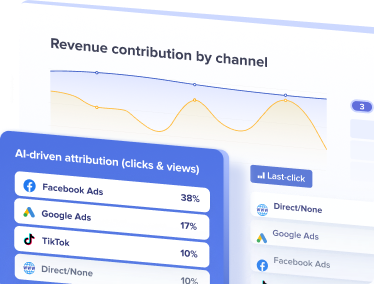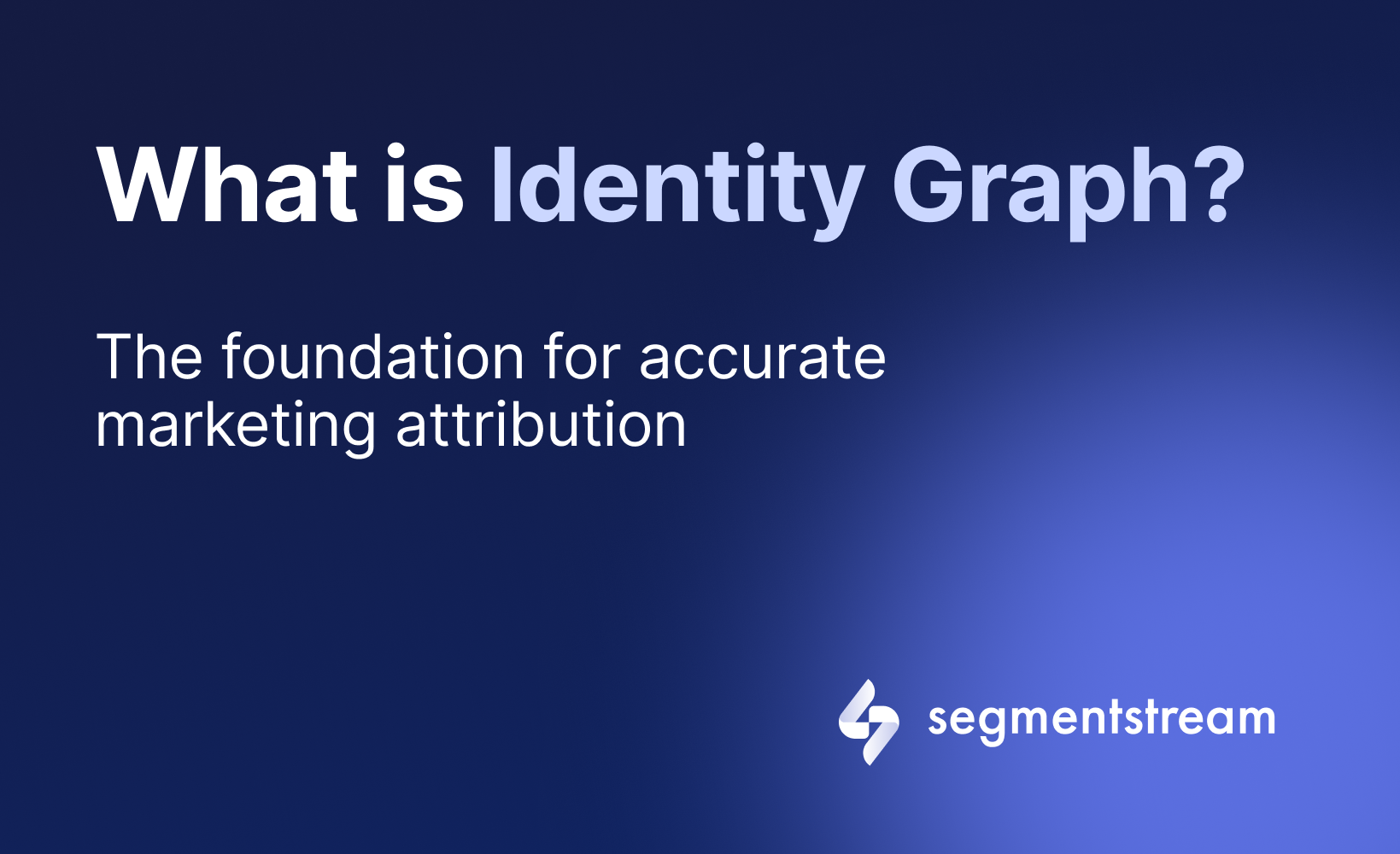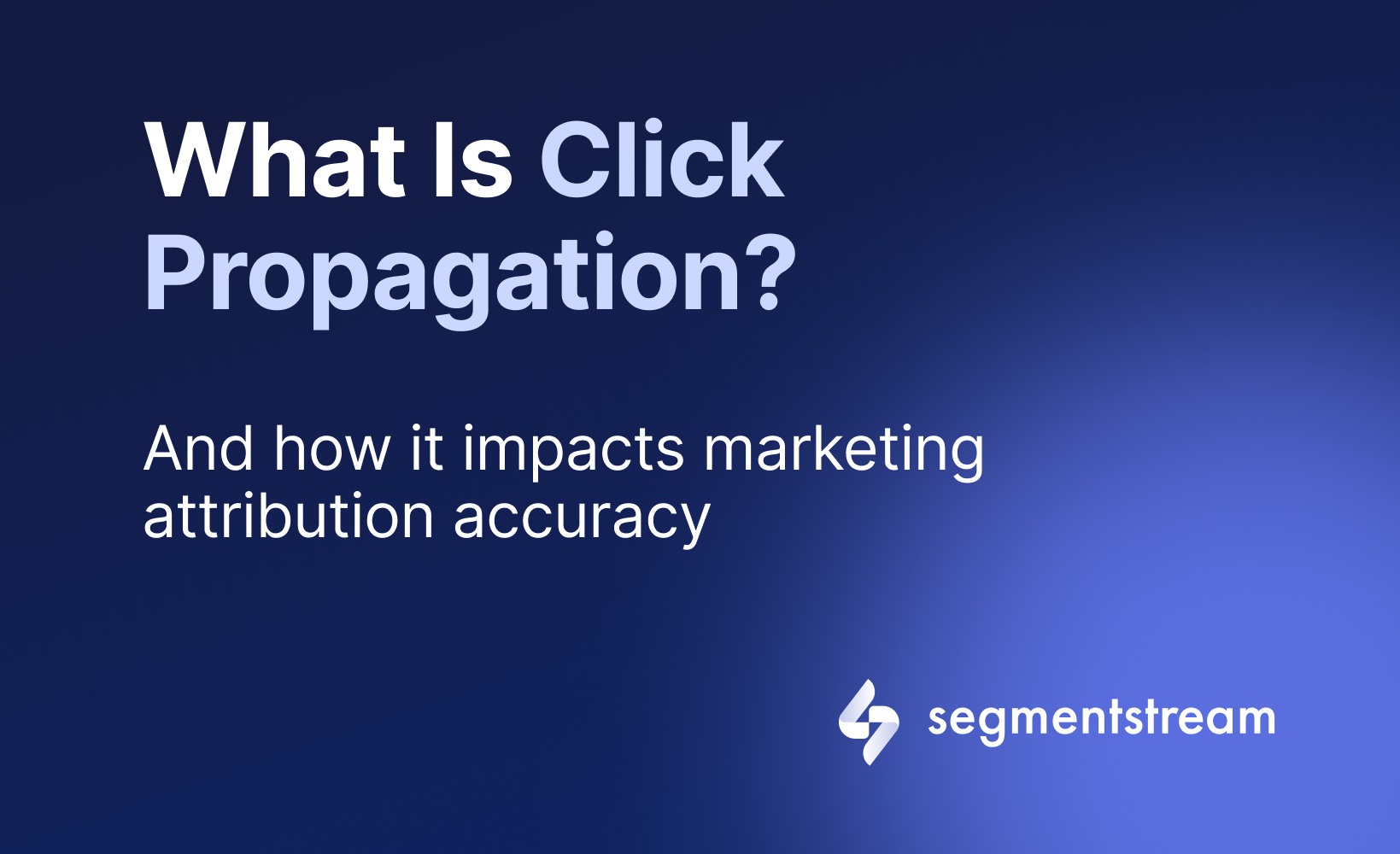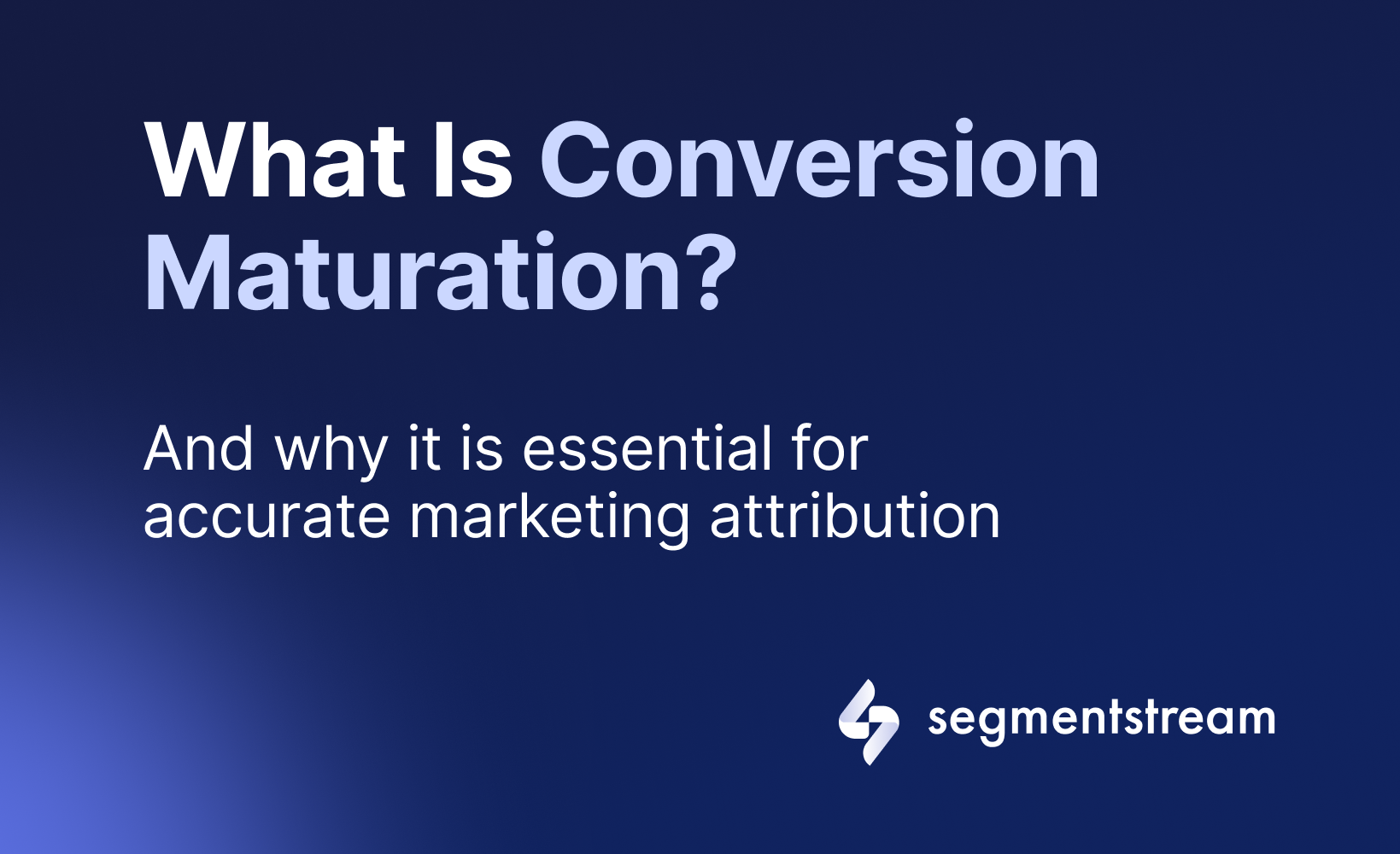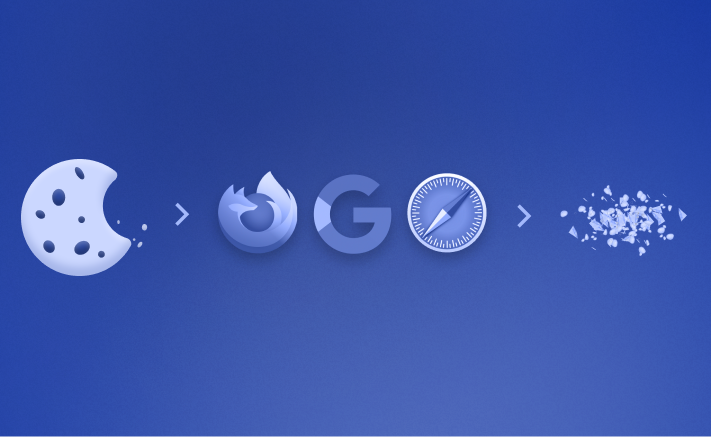
How cookie restrictions impact attribution

Chrome’s cookie phase-out
Initiated in 2019. A full phase-out is planned for the end of 2024.
Google is set to phase out third-party cookies in Chrome by the end of 2024. They introduced the Privacy Sandbox — a set of privacy-preserving APIs designed as an alternative to traditional cookies.
For example, Attribution Reporting API measures when ad interactions lead to conversions but in an aggregated way.
Safari’s Intelligent Tracking Prevention (ITP)
Rolled out: June 2017
- What it does: Limits third-party cookie tracking and reduces the lifespan of first-party cookies to 7 days.
- Impact on attribution: With ITP, the ability to track a user’s journey through multiple touchpoints is disrupted. If a user interacts with different marketing strategies over a period longer than 7 days, only the most recent interactions get attributed.
Example: Suppose a user clicks a Facebook ad and visits a site. Three days later, they interact with a remarketing banner but don’t purchase.
Normally, if they buy a product eight days after the first click, both interactions (Facebook ad and banner) are credited in multi-touch attribution.
But with ITP, only the banner gets credit, as the Facebook ad interaction is “forgotten” after seven days. This skews data and potentially undervalues certain marketing channels.
Mozilla’s Total Cookie Protection
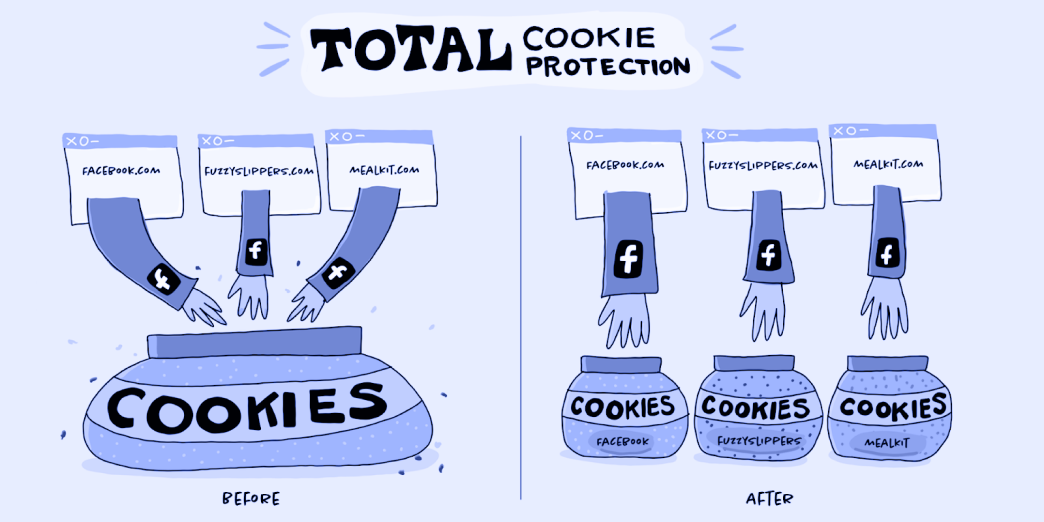
Rolled out: February 2021
What it does: Isolates cookies to the site where they were created, preventing trackers from using them across multiple sites.
Impact on attribution: Cross-site tracking is hindered, affecting understanding of user behaviour across various domains.
Example: Suppose a user first interacts with your content on an affiliate’s site and then on your main site.
With Total Cookie Protection, you won’t see the journey from the affiliate to your site. Instead, you might assume the user found you directly, undervaluing the affiliate’s contribution.
Brave’s Shield
Rolled out: January 2016 (when Brave was first released, the Shield feature has been there since the beginning)
What it does: By default, it blocks third-party ads and trackers, as well as harmful scripts. Brave then offers “Brave Rewards,” which are privacy-respecting ads that users can opt into.
Impact on attribution: For users with Brave’s default settings, marketing campaigns, user interactions, and conversions may not be tracked, leading to potentially inaccurate marketing data.
Example: A user, using the Brave browser, clicks on your PPC ad and makes a purchase on your site. This activity might not be reflected in your Google Analytics or any other third-party analytics tool due to Brave’s aggressive blocking. As a result, it may seem like your PPC campaign had no influence on this user’s purchase decision.
How to overcome cookie restrictions?
Companies like CarShop, KitchenAid, L’Oreal are turning to beyond-cookie solutions like SegmentStream.
SegmentStream’s attribution leverages machine learning and 1st-party data to tackle the challenges of cookie restrictions, analysing a multitude of data points from ad impressions to user behaviour.
Want to learn more? Book a demo today!
Optimal marketing
Achieve the most optimal marketing mix with SegmentStream
Talk to expert